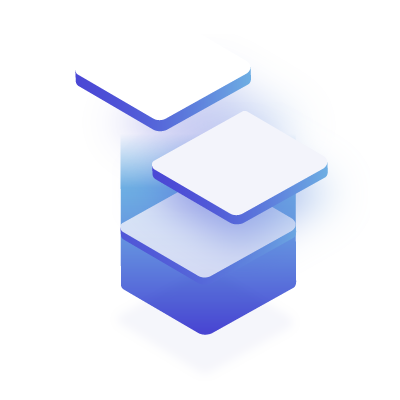Low-code for retail organizations
In the world of retail, technology plays an important role. Customer expectations are rising and globalization is making the market evolve at lightning speed. The question for many retailers, then, is: how can we keep up with this digital growth without getting bogged down in technological challenges and high costs? Low-code can be the solution here. But what makes low-code such a good solution for the retail sector? You can read about that here!
The digital challenges in retail
Retailers face a complex mix of challenges in the digital age. Customers demand seamless, personalized experiences, while effective inventory management and channel integration remain important. In addition, many stores struggle with outdated technology, data privacy concerns and the pressure to quickly adapt to changing market conditions. At the same time, sustainability and ethical sourcing have become increasingly prominent in consumer consciousness.

Low-code explained
Low-code may sound technical to some, but it is simple. You can compare it to a construction kit. Instead of crafting each part individually, you simply snap pre-shaped pieces together to form a complete whole (the application). That’s low-code. All the necessary “pieces” are already available and can be combined quickly and efficiently, without having to develop each functionality from the ground up.
Why retailers are choosing low-code
Agility in a changing marketplace
Retailers must be able to respond quickly to market trends and changing customer needs. With low-code, you can develop new applications within days, rather than months. This means instantly responding to seasonal changes, flash sales or special events.
Cost savings
Conventional development processes can be time-consuming and expensive. Low-code reduces extensive manual coding, leading to development cost savings and faster results for each investment.
Personalized customer experience
Each retailer has a unique brand identity and customer base. With low-code, retailers can develop personalized applications that perfectly match their brand and their customers.
The ROI of investing in low-code
Invest in a technology that not only saves costs but also promotes operational efficiency. That’s what low-code can do for the retail sector. Whether it’s accelerating time-to-market or improving customer satisfaction, the return on investment is significant.
Examples of low-code applications in education
This may sound a bit abstract until now. Let’s make it more concrete using some examples of low-code applications:
| Stock optimization | This application allows you to get real-time insight into your inventory levels. This allows you to make quick decisions about purchasing, sales and offers, so you never have too much or too little product on the shelf |
| Digital kiosk | Create an interactive shopping experience! Your customers can use digital kiosks in your store to request information about products, check stock or even make purchases directly |
| Staff Planning | Make roasting your staff a breeze! Use this tool to plan shifts quickly and efficiently, taking into account availability and peak times in the store |
| Customer feedback system | Actively listen to your customers with this application. Allows you to give customers instant feedback on products, service or the shopping experience, allowing you to respond directly to wants and needs |
| Loyalty management | Reward your loyal customers in a smart way. Use this app to set up personalized loyalty programs, rewarding customers for repeat purchases or recommending your store to friends |
| Real-time sales analysis | Understand sales dynamics like never before. This tool gives you real-time insight into which products sell best, at which times and in which stores, so you can adjust your strategy accordingly |
| Interactive product catalog | Offer your customers an in-depth product experience. With this application, your customers view detailed information, images and reviews of products both in-store and online |
| Supply chain integration | Optimize your supplier relationships. By integrating your supply chain into a low-code platform, you seamlessly manage orders, deliveries and inventory levels and easily adjust them, according to market demand |
Getting started with low-code in retail?
Are you interested in integrating low-code into your retail business? Follow these steps:
- Analyze your current systems: Gain insight into your existing technology to determine where improvements can be made.
- Define your goals: Define what you want to achieve with low-code, such as improving customer interaction or streamlining inventory management.
- Find an experienced low-code partner: Find an expert who can guide you in selecting and implementing the right low-code solutions for your store.
- Start with a small project: Start small to test the waters and minimize any risks.
- Evaluate and expand as needed: After implementation, it is important to review the results and learn from them. Then scale up for greater impact.
Programs and services
Meet our low-code services
At ChangeMakers, we help organizations harness the power of low-code. Our services range from consulting, to the actual implementation of low code software. We offer two unique programs focused on advice, management and guidance (Changing), or actual development (Making).

App factory

Interim management

Low-code consulting

Training and coaching
Start low-code today
We can no longer ignore it. Technology and retail are inextricably linked. Low-code offers retailers the opportunity to remain innovative and competitive. It’s not just about adopting technology, but choosing the right technology that moves your business forward. ChangeMakers helps you do just that.
Let’s work together. Get in touch with us!

